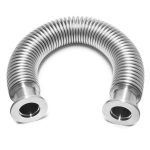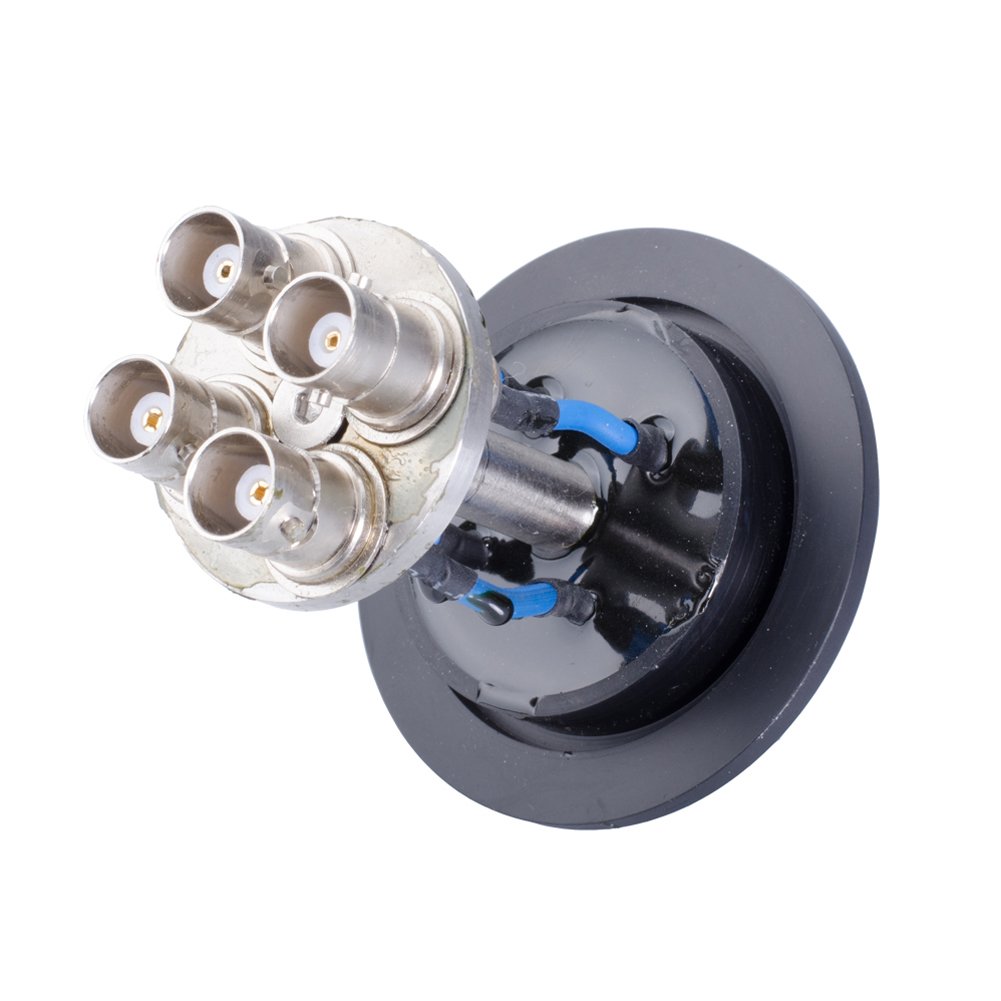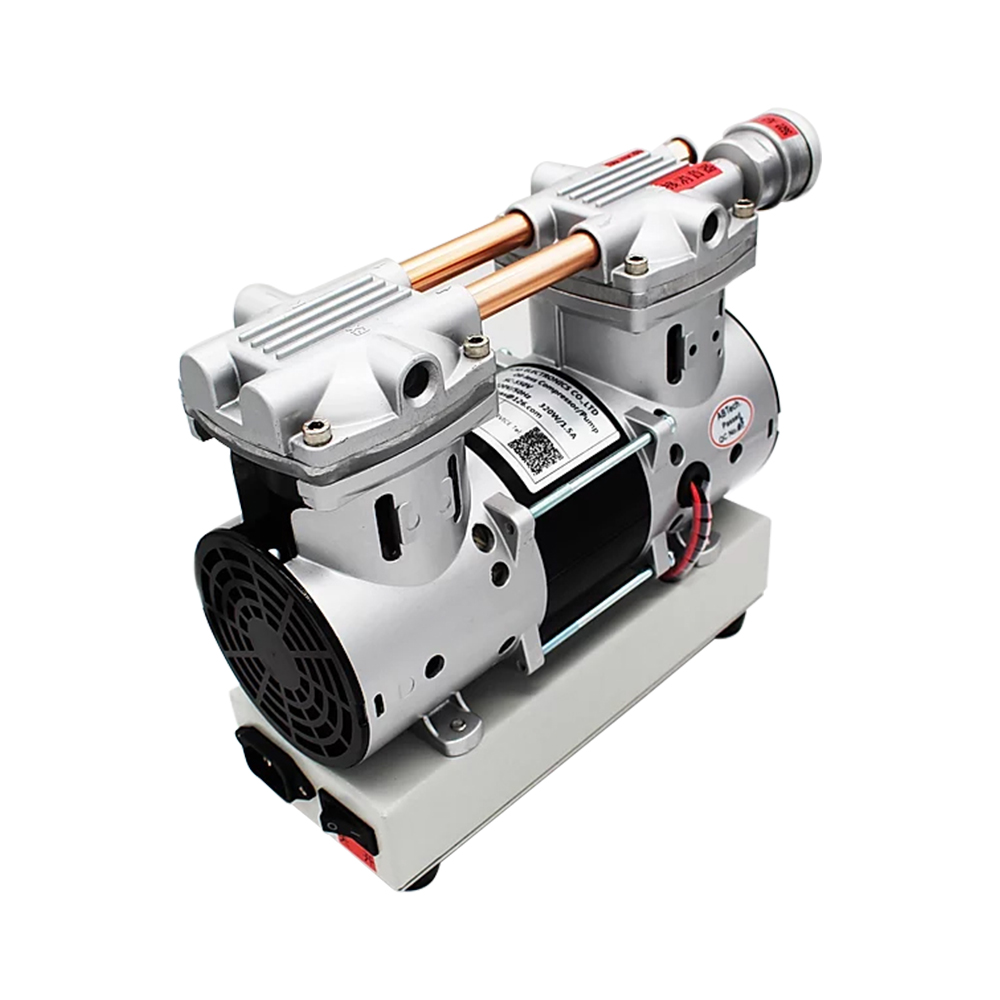
Explanation of Common Terms for Metal Bellows
Wave shape
1. It is the shape of the wave after hydroforming, and it is the most basic element constituting the metal bellows.
2.O.D
Outer dimensions of metal bellows
3.I.D
Inner diameter of metal bellows
4. Wave distance
Distance between two waves
5. Itinerary
Difference between free length and compressed length
6. Stretching amount
Metal bellows stroke divided by bellows free length
7. Vacuum degree
The degree of thinness of a gas under vacuum is usually expressed by “high vacuum” and “low vacuum”. A high vacuum degree means that the vacuum degree is “good”, and a low vacuum degree means that the vacuum degree is “poor”. Torr is usually used as the unit. In recent years, internationally, Pa has been used as the unit. 1 Torr = 1/760 atm = 1 mmHg = 133.322 Pa (or 1 Pa = 7.5 x 10-3 Torr)
8. Service life
Number of reciprocating motions of metal bellows under technical standards.
9. Stiffness
The force required to make the metal bellows produce a unit displacement is the basis for calculating the elastic reasoning of the bellows.
10. Stress
The force of a gas molecule acting on a unit area of the container wall is represented by “P”.
11. Displacement
The length of metal bellows allowed to move under the action of force. Usually there are axial and radial points.
12. Fluid
The substance flowing through the cavity.
13. Flow
The amount of gas flowing through an arbitrary cross section per unit time, the symbol is represented by “Q”, and the unit is Pa · L / s or Torr · L / s.
14. Conduction
Represents the ability of a vacuum pipe to pass gas. The unit is liters per second (L / s). Under steady state, the pipeline conductance is equal to the pipeline flow divided by the pressure difference across the pipeline. The symbol is written as “U”. U = Q / (P2- P1)
View more vacuum bellows hose at www.labideal.com






